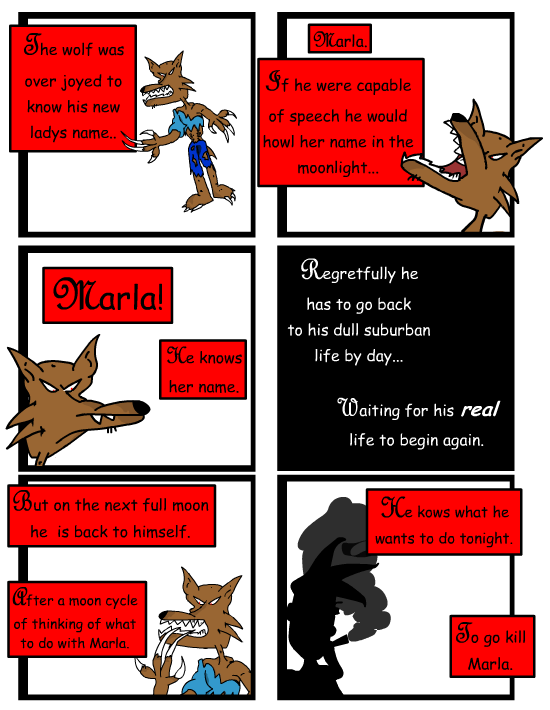werewolf

Author notes
08
marine onLunar phases are the result of our eyes seeing the illuminated half of the Moon from different viewing geometries: they are not caused by shadows of the Earth on the Moon that occur during a lunar eclipse. The Moon exhibits different phases as the relative geometry of the Sun, Earth, and Moon change, appearing as a full moon when the Sun and Moon are on opposite sides of the Earth, and as a new moon (also named dark moon) it is not visible at night when they are on the same side. The phases of full moon and new moon are examples of syzygies, which occur when the Earth, Moon, and Sun lie (approximately) in a straight line. The time between two full moons (or between successive occurrences of the same phase) is about 29.53 days (29 days, 12 hours, 44 minutes) on average. This synodic month is longer than the time it takes the Moon to make one orbit about the Earth with respect to the fixed stars (the sidereal month), which is about 27.32 days. This difference is caused by the fact that the Earth-Moon system is orbiting about the Sun at the same time the Moon is orbiting about the Earth. The actual time between two syzygies is variable because the orbit of the Moon is elliptic and subject to various periodic perturbations, which change the velocity of the Moon.
It might be expected that once every month when the Moon passes between Earth and the Sun during a new moon, its shadow would fall on Earth causing a solar eclipse. Likewise, during every full moon, we might expect the Earth's shadow to fall on the Moon, causing a lunar eclipse. We do not observe a solar and lunar eclipse every month because the plane of the Moon's orbit around the Earth is tilted by about 5 degrees with respect to the plane of Earth's orbit around the Sun. Thus, when new and full moons occur, the Moon usually lies to the north or south of a direct line through the Earth and Sun. Although an eclipse can only occur when the Moon is either new or full, it must also be positioned at (or very nearly at) the intersection of Earth's orbit plane about the Sun and the Moon's orbit plane about the Earth (that is, at one of its nodes). This happens about twice per year, and so there are between 4 and 7 eclipses in a calendar year. Most of these are quite insignificant; major eclipses of the Moon or Sun are rather rare.


Comments
Please login to comment.
Login or Register${ comment.author }} at
${ comment.author }} at